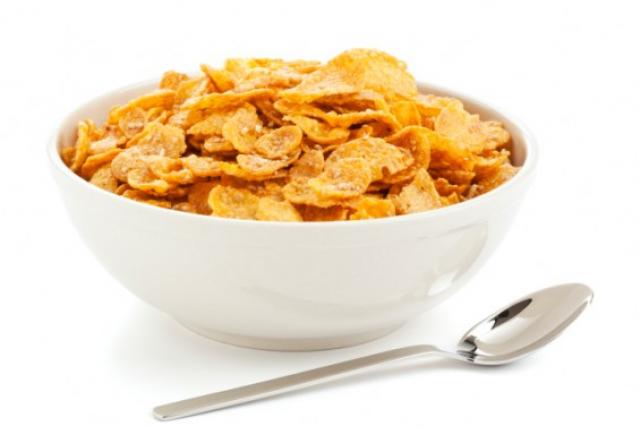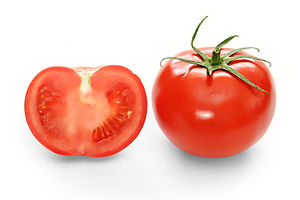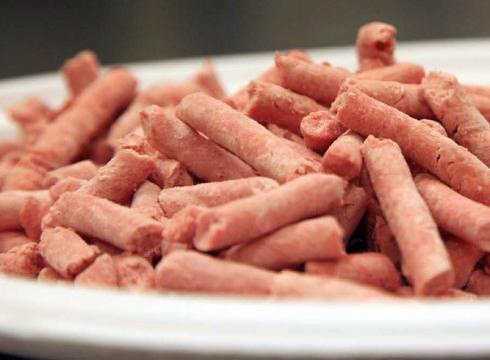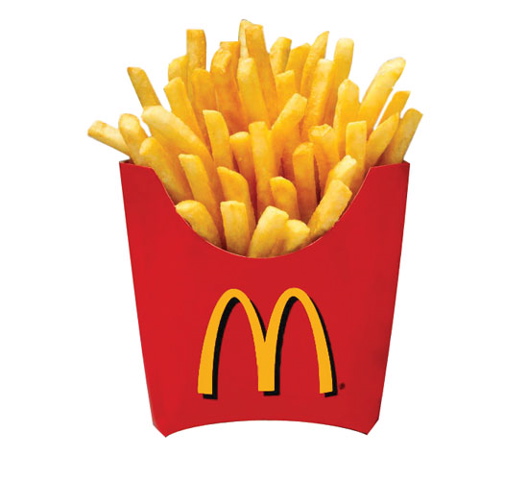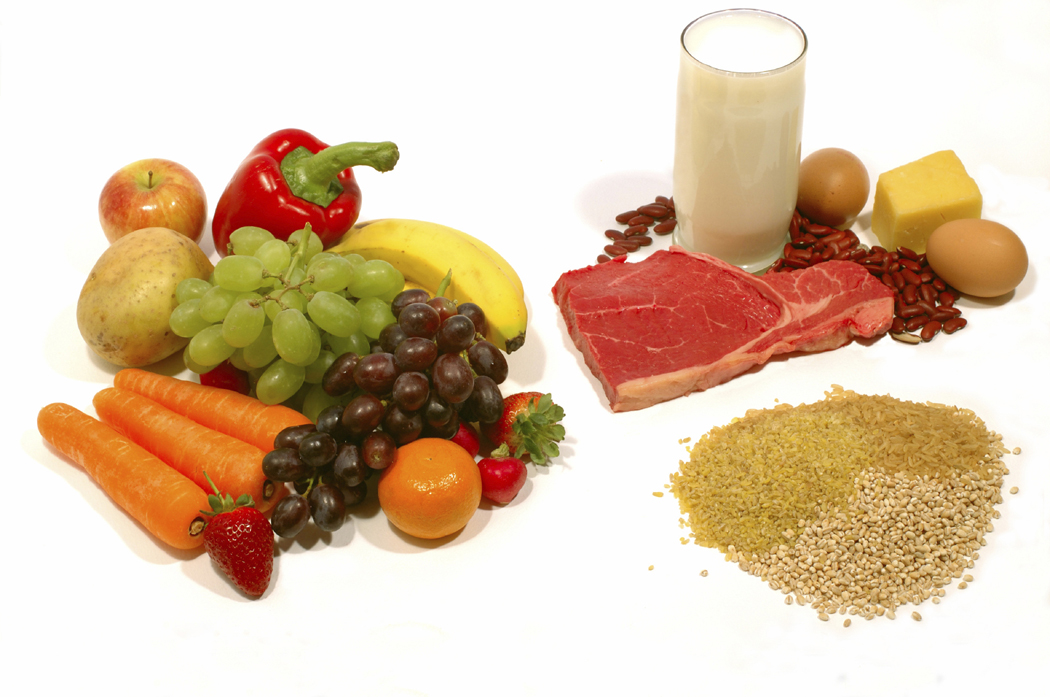
The info on Soy is misleading. This short article will list some warnings on Soy. The internet is loaded with information warning of the harmful effects of Soy when used improperly. Robert Cohen, the notmilk.com man, recommends organically grown soy. My opinion is that the bad effects of Soy are due to the adulteration of the natural food for commercialization. Because the human race has weakened itself on denatured junk food for several generations, we are genetically predisposed to trouble from foods that can shift the chemical balance too far in one direction. We are not healthy enough to tolerate this effect and so certain foods affect us, based upon our individual weaknesses. Soy is one of those type of foods since it contains large […] Read More


